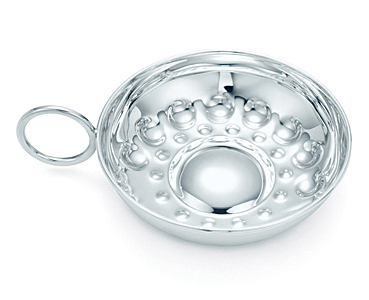Dining in some of our area’s finer establishments, you may encounter an in-house sommelier.
In case you’ve ever wondered why they are there and how to use them, we’ve taken a moment to uncork the secrets to using their experience to your advantage.
What is a Sommelier?
A sommelier, or wine steward, is a professional trained in the art of wine service, as well as wine and food pairing. This person may be responsible for selecting the wines, developing the wine list, and may work with the chefs to suggest and pair wines with the menu. Working with patrons, the sommelier assists in selecting wines to match personal taste preferences, pairings and budgets.
To be a sommelier, several years of formal education, apprenticeship, or experience are required, and a professional sommelier can rise through the ranks, or degrees, by passing examinations at the various levels to become a Master Sommelier, although most do not.
According to Vincent Feraud, sommelier and wine director at the Ritz-Carlton Tysons Corner, “A sommelier is someone who recommends the right wine for the right person and the right taste to have with dinner.”
“Many people are afraid that the sommelier is going to try to sell them expensive wines, but our job is to make our guests comfortable and help them choose wine they can afford. You don’t want to embarrass the guest at the table,” he continued.
The issue of price can be a touchy one, yet can be subtly approached by pointing to a particular wine on the wine list. This gives the sommelier your price point. Or you can simply tell the sommelier, “I don’t want to go over $70.”

The Tastevin – The shallow, faceted cup sometimes worn by some sommeliers was originally designed for winemakers to taste wine. Some sommeliers open a bottle of wine tableside and take a small taste in their tastevin to ensure it is not flawed.
How to Use a Sommelier
A sommelier’s job is to help you narrow down the choices from a sometimes-overwhelming wine list and create a perfect pairing with your meal, however, there are things you can do to help him or her.
- Know a little bit about your preferences. Do you prefer a particular wine region, vintage or type of grape?
- Talk briefly about what you liked or didn’t like about your wine choices in the past. Offer the names of particular wines you’ve enjoyed.
- Know what food you’re ordering.
If people are new to wines, Feraud begins by determining their basic taste preferences, asking if they like something fruity or light, for example. He likes to introduce people to wine with something smooth or fruity to start, then once they begin to develop a palate, suggests more aggressive profiles like those that are drier or include more tannins.
His most important tip: “Get your palate excited first—eat a piece of meat or a vegetable and then drink the wine after you eat. Most people do this backwards and drink the wine first,” he said.
Those who are more knowledgeable in wines can give the name of a wine they’ve enjoyed in the past and ask for suggestions from the in-house wine list. This gives the sommelier both the price point and the style of wine.
Wine Service Secrets
There’s more to serving wine than just appearing with the bottle. “A sommelier has to know how to handle the bottle from the cellar to the table,” Feraud said. Proper handling includes how to carry the bottle to control its sediment, how to open it, care to take with the cork, proper serving temperature, and even how full to fill a glass or ensure everyone at the table gets served equally from the single bottle, for example.
“Mostly, we want the service to go smoothly, and this entails working together with the host,” he continued. “My job is not to give a lecture about the wine; rather, it is to make the guests comfortable and help them have a good time.”






